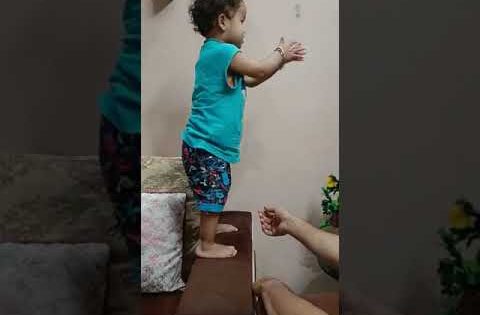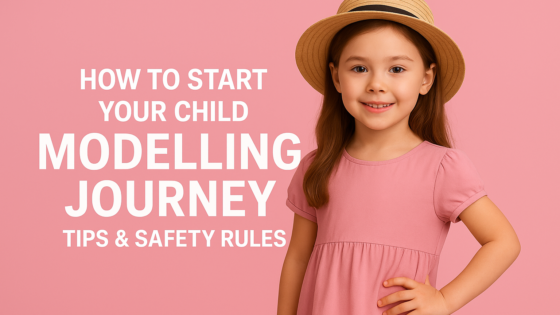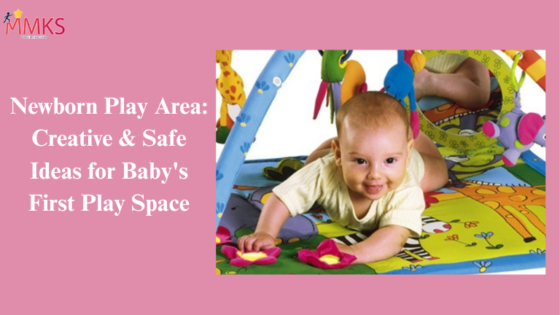Encourage Children to Exercise! Children possess diverse interests and skills, evolving with age. As noted, their perspective on fitness differs from adults. Thus, when planning kid-friendly activities or seeking to boost their activity, consider these ideas. Here are some motivating suggestions for children’s exercise:
Guide to Encourage Children to Exercise: 6 Fun Ideas
1) Make It Fun First!

A child’s motivation to engage in physical activity can be influenced by a number of psychological factors. The enjoyment of exercise or sport is one factor that frequently stands out.
Therefore, it’s crucial that youngsters are having a good time!
Your primary objective should be to make the experience positive, enjoyable, and fascinating for the target age group, whether you choose to design a physical activity obstacle course or game, have a race or competition, or challenge them to a dance-off.
2. Pick Age-Related Activities!
A youngster is prone to become bored or frustrated if an activity is below or significantly above their level of competence, and Mostly New Parents with no Parenting Experience have no idea what to do in that situation, Don’t worry! To address this, it’s helpful for new parents to observe their child’s reactions and adapt activities to suit their developmental stage. Offering a variety of age-appropriate activities and being attentive to the child’s cues can make the parenting journey more enjoyable and fulfilling for both the child and the parents.
The following are a few illustrations of appropriate activities for each age group, though this might vary considerably.
Ages 3-5: engage in both free play and scheduled activities while riding a bike, hopping, jumping, swimming, dancing, and running. Ages 6 to 17: Run, climb trees, and engage in athletics you may even be able to start age-appropriate strength training around age 7; and engage in a variety of exercises that support the many components of fitness.
3. Encourage parents to include exercise in their day!
Physical activity is still physical activity, despite the fact that most children should ideally partake in a variety of unstructured and structured activities of varied intensities. Encourage parents to park farther from buildings while their children are with them, use the stairs rather than the escalator, and, whenever possible, commute by bike or foot rather than by car. The little exercise bursts add up.
If You Want More Activities for Kid’s to Do, then Also Read Our Blog : 11 Best Outdoor Games for Kids to Play with Friends
4. Lead by Example!
Many kids have a tendency to follow adults’ actions rather than always listening to what they say. Therefore, it’s crucial to always lead by example. As a personal trainer, you probably already try to maintain your own level of fitness, so try to plan a time when kids can see you work out and inspire parents to do the same. The visual experience will demonstrate to them that you live what you preach and inspire them to do the same, whether they come watch you run a race or see you work out before practice starts.
5) Make It a Regular Practice!
Most children thrive when given structure and routines. They gain understanding of what to anticipate and what is required of them as a result. Having a regular mealtime, daily exercise routine, and appropriate bedtime that allows for adequate sleep are all crucial in influencing a child’s behavior and forming good habits that will last into adulthood, according to the American Academy of Pediatrics.
This is something a trainer can incorporate into your training plans for youngsters. You can establish a routine for your warm-ups, cool-downs, and even how your kids programming is put together.
6. Encourage parents to place restrictions on screen time!
Kids’ use of electronics is one factor in their lack of regular physical activity. Children between the ages of 8 and 12 use electronics for anywhere between 4 and 6 hours a day, according to the American Academy of Child and Adolescent Psychiatry. Teenagers may be awake for up to nine hours each day.
Limiting children’s access to devices encourages them to engage in other activities and gives them more time during the day to exercise.
Doing yoga together

Yoga is an exceptional chance for parents and kids to strengthen their connection. It goes beyond ordinary physical activity to support kids self-awareness and help them feel more at ease in their own skin. Consider purchasing or borrowing a yoga mat for each of you if you practice yoga at home so that you have an exclusive location for the practice. Your child can use the mat as their own play area as you practice yoga together, even if they are a bit young or small for the poses.
Constantly introducing new activities is a wise approach. For example, consider balancing wheels as a starting point if your child is learning to ride a bike without training wheels. When you’ve tried another hobby a few times, gradually add more difficulties. With practice, they will gain the confidence and abilities needed to undertake the task on their own eventually without your help.
Biking together
Rollerblading or skating
An exciting way to encourage kids to stay active is by getting them into rollerblading or skating. It not only provides a fantastic opportunity for family bonding but is also loads of fun for everyone involved.
If you choose to explore this option, make sure you’ve got the proper gear and know the basics before hitting the streets with your child. And for those who are new to it, no need to stress! There are plenty of Learn To Skate classes around that can have them gliding effortlessly in no time!
Jumping rope with them

Jumping rope is the best activity for children since it doesn’t require any special equipment, can be done both indoors or outdoors, and is easy for kids of all ages to pick up. You can take turns jumping for a minute or challenge your child for a competition to see who can jump the longest. Moreover, jumping rope not only provides a lot of fun but also serves as a great way to incorporate some exercise into your routine!




































